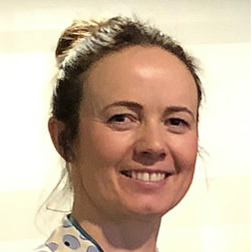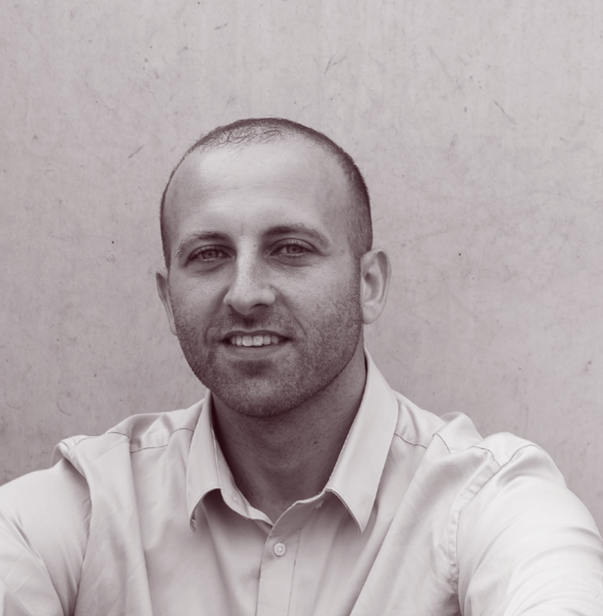
Shoulder pain is common in hEDS/HSD with the neck and shoulder being described as the main areas of pain. Shoulder pain and instability can be severely debilitating leading to reduced arm function. Physiotherapy can be a key treatment for shoulder instability in hEDS/HSD to help with rehabilitation.
Dynamic Movement Orthoses are fabric elastomeric orthotic garments meaning that they support the joint while moving around by stretching and then returning to their original shape. They are made to fit each individual, areas of need are reinforced and there is a biomechanical panelling that strengthens the garment while moving. Therefore, they may help people with shoulder instability by providing a level of compression specific to the individual that supports the joint while moving and could improve neuromuscular activity. Pain, fatigue, and fear of injury have been suggested as common barriers to exercise for people with hEDS/HSD, and Dynamic Movement Orthoses could be a treatment that provides more stability and control of the joint while moving, reducing some barriers to exercise and recovery.
The project’s aims are to improve the treatment options for hEDS/HSD by rigorously and robustly researching the use of dynamic movement orthoses. The plan is to do 4 phases of research:
Contributors
Publications
Here is a publication examining a case study on the use of these orthoses for the hip joint of a person with hEDS.

Doctoral Researcher & Chartered Physiotherapist
Anna is a physiotherapist who specialises in the treatment of HSD/hEDS. She co-owns Physiocure and is embarking on a PhD with the University of Coventry. Her research will be focusing on the role of Dynamic Movement Orthoses for the HSD/hEDS patient.

hEDStogether lead
Gemma is the lead for this world-leading hEDS together research theme, she is involved in all of the featured research projects and has hEDS/HSD herself.

Professor of Physiotherapy
Shea is Professor of Physiotherapy in the School of Healthcare Sciences at Cardiff University and has a long history of doing research to better understand and manage hEDS/HSD.

Assistant Professor, Specialist Sports Physiotherapist
Behnam is Assistant Professor at University of Southern Denmark and Specialist Sports Physiotherapist with clinical expertise in management of professional athletes. His research is focused around sports medicine and exercise as treatment for hypermobile joints.
Follow us for the latest on hypermobile Ehlers Danlos Syndrome and Hypermobility Spectrum Disorders.